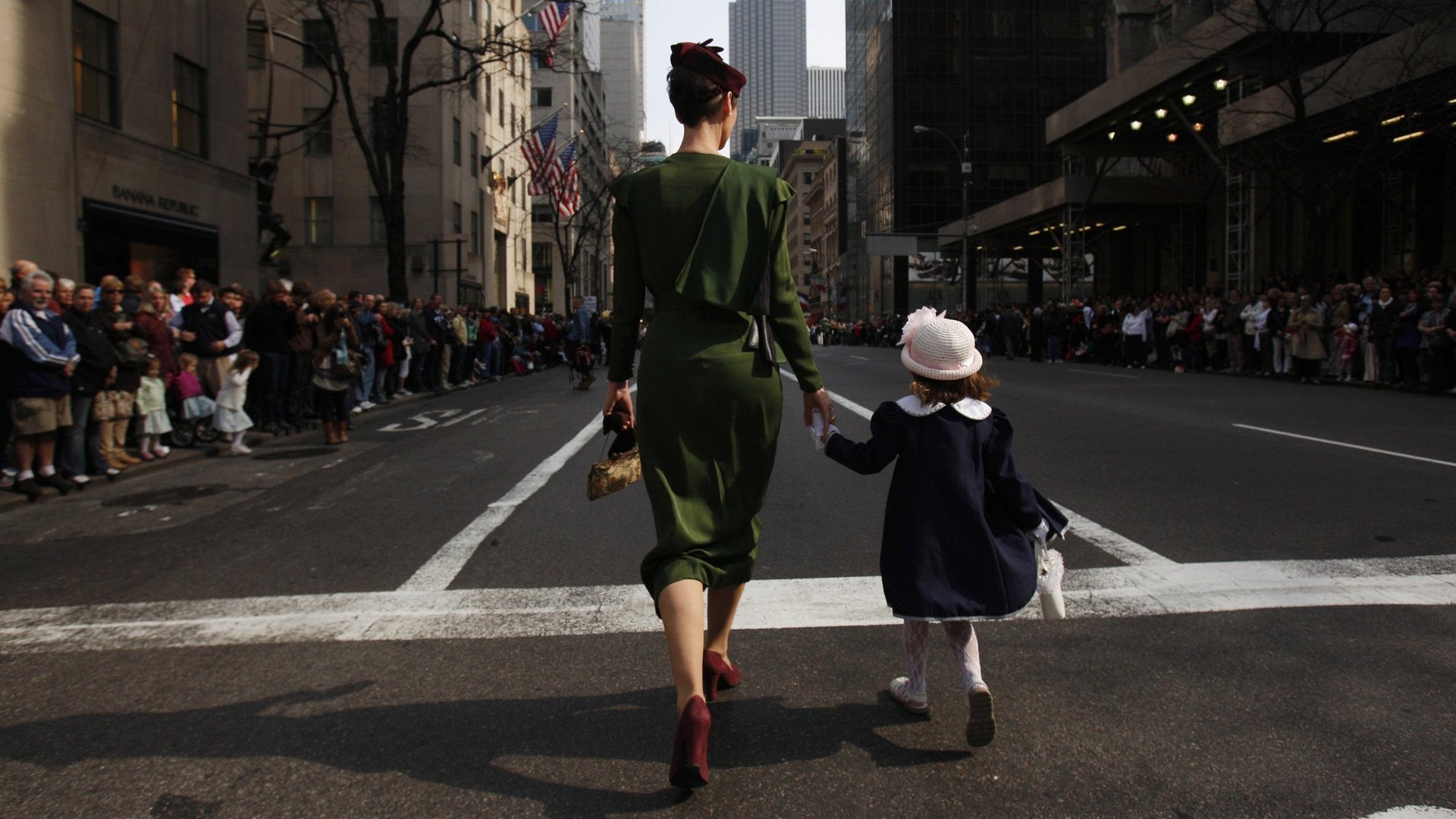Four reasons why women need to save more than men do
We live in a time when women have more financial independence than ever before. But the independence may not last—women are coming up short saving for their retirement.


We live in a time when women have more financial independence than ever before. But the independence may not last—women are coming up short saving for their retirement.
There are several reasons why women end up accumulating fewer assets and should be squirreling away money even more aggressively than men. (A new working paper from Diane Garnick at retirement giant TIAA estimates that women should be saving 18% of their income, while men only need to save 10%.)
Women work fewer years
Men typically work 38 years compared while women normally only work 28. That’s because women are more likely to take time off to care for children or a sick relative.
They get paid less when they’re working
Time away from from full-time employment, the nature of the industries women tend to work in, discrimination, and shyness about demanding raises all contribute to why women typically get paid 78 cents for every dollar a man makes. The disparity is especially noticeable in white-collar jobs, where the rewards for working 80-hour weeks are high. In those industries, women earn only 72 cents for every male dollar.
They invest in lower-yielding assets
Women tend to shun riskier assets, like stocks, in favor of bonds and cash. Data from Cogent suggests the average man has 56% of his portfolio in stocks, mutual funds, and exchange-traded funds, and 26% in bonds, cash, and CDs. The average woman has 46% in the riskier assets and 33% in fixed income. Women may invest their money this way because they have less access to financial education or because they’re simply more risk averse. Either way, the decision costs them. Stocks mean more risk—but also higher expected returns.
It’s more expensive to retire if you are a woman
Not only do women have less money when they retire, but retiring, like many things, is more expensive if you are a woman. Women tend to live longer and consume more health care. If their spouse dies before them, the death can deplete the household’s assets.
Less money and more expensive retirements leave women vulnerable in old age. It means they face a higher risk of depending on their families or government poverty benefits to survive.
What else can we do?
The easy answer is women need to save more and get comfortable taking more risk. It is now common for workplace retirement plans to automatically enroll their employees in accounts that are invested in more stock-heavy portfolios. Most people don’t change what their employer chooses for them; Garnick speculates that these default investment settings have helped equalized stock exposure between men and women.
But asking women to save 18% is easier said than done. More women than ever are breadwinners in their households. Those lower earnings have to stretch further than ever and there’s not much room left to increase retirement savings.
Women also could work longer; they live longer, but retire earlier, than men.
Another solution is gender-based subsidies. Women often give up years of higher earnings to do work that is necessary but unpaid. There is a case to be made that there should be more wealth distribution to women to compensate for this. Social Security already gives a slightly better deal to women because the payout rates are the same, and women live longer. New proposals to reform Social Security could, and arguably should, give higher benefits to widows and to people who spent years out of the labor force.
Garnick also suggests women buy an annuity—not only because TIAA is a large supplier of annuities, but because if you’re going to buy an annuity (a simple income annuity, not the high-fee, complex kind), you get a better deal if you’re a woman. When you buy an annuity through your retirement plan, the insurance company must charge you a price based on the assumption that men and women live the same amount of time. Because women actually live longer, men, by dying earlier, subsidize women in the annuity market. It’s a rare case in retirement planning where women have the advantage.